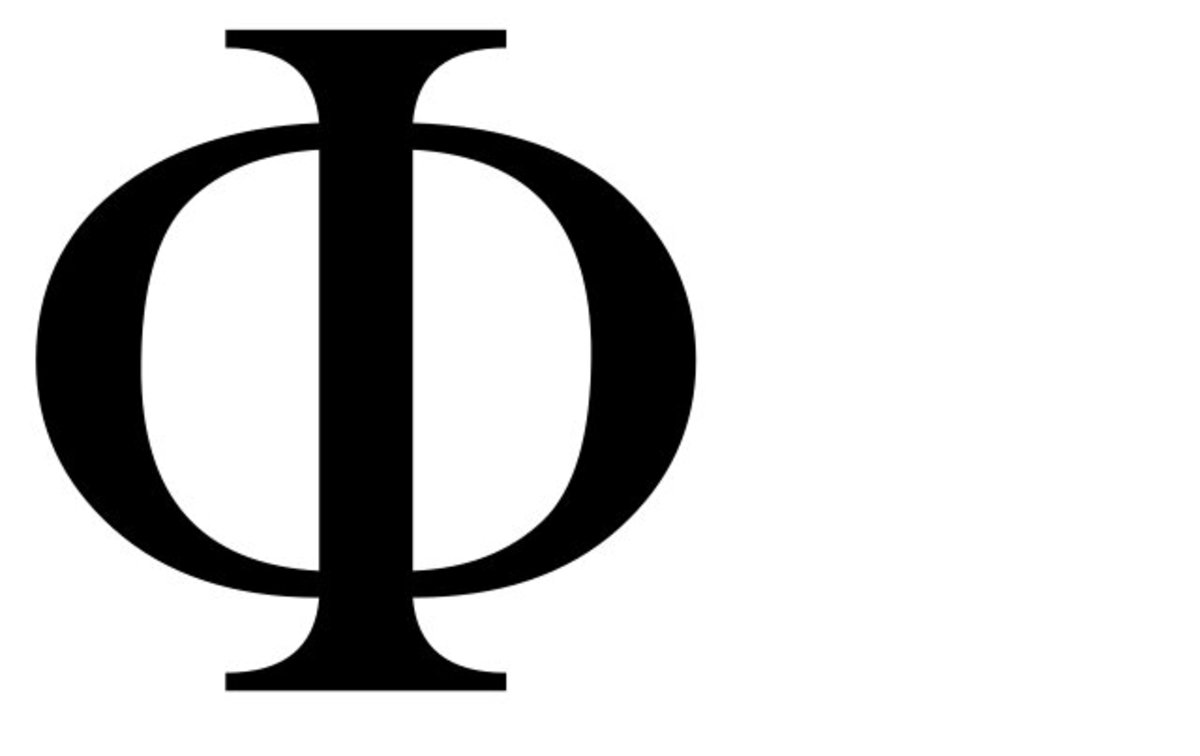The Golden Ratio: Infinite Possibilities

Here is the first post introducing the golden ratio.
What else is there to the Golden Ratio? We will see that there are infinite possibilities with it. Here are a few.
From the first notable equation mentioned in the previous post, we can take a square root of both sides. We just get another relation involving . The left hand side is itself, but the right hand side is some other expression containing . What happens if I substitute the on the right side with something else. I can then repeat. Here is the math:
We can extend this operation so that it goes on forever. This is what's called an infinite radical. But it still always equals the golden ratio. This number is starting to seem more special than just some ratio.
Now, using the second notable equation, let's apply the same idea:
This goes on forever too! And this one's called a continued fraction. Continued fractions are a well developed subject of mathematical study, where all the one's change to other numbers. Every number has it's own continued fraction. And, low and behold, the golden ratio has the simplest continued fraction of all.
Click here for the next post.
Easy Math Editor
This discussion board is a place to discuss our Daily Challenges and the math and science related to those challenges. Explanations are more than just a solution — they should explain the steps and thinking strategies that you used to obtain the solution. Comments should further the discussion of math and science.
When posting on Brilliant:
*italics*or_italics_**bold**or__bold__paragraph 1
paragraph 2
[example link](https://brilliant.org)> This is a quote# I indented these lines # 4 spaces, and now they show # up as a code block. print "hello world"\(...\)or\[...\]to ensure proper formatting.2 \times 32^{34}a_{i-1}\frac{2}{3}\sqrt{2}\sum_{i=1}^3\sin \theta\boxed{123}Comments
This is AWESOME !!!!!!!!
Nice..challenging!
Prove that 0! equals 1
Log in to reply
How many ways are there to choose 0 objects from 0 objects?
One: DO NOTHING!
(I got this from AoPS. It's not really a rigorous proof of 0!=1 but it explains it well.)
nCn is equal to 1. so (n!)/(n-n)!.(n!) = 1 therefore (n-n)!=0! must be equal to 1.
(n-1)! * n = n! For n = 1: (1-1)! * 1 = 1! 0! *1 = 1 0! = 1
ncn=1 ,implies n!/(n-n)! .n!=1.. so,0!=1 hence proved..
Good..................
Can you prove these equation chains?
Log in to reply
Because I derived them using facts about the golden ratio, there is no need to prove them. They are already proven.
prove a^0=1
Log in to reply
See, Devansh.........ab∗a−b=ab−b=a0=a∗a1=1